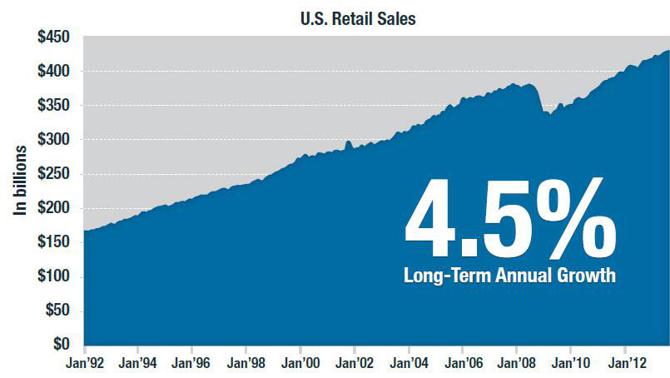You're measuring it wrong. The people move, not the incomes.Kraken wrote: Maybe the affluent 20% will drag the rest of us along to a stable new normality. That's what trickle-down economics says, anyway. I hope so because we seem to be irrevocably on that path now.
I certainly understand that there are people that are unemployed, and underemployed. I understand you have a very unique situation yourself.
But on the aggregate and over the long term, most people that are stagnant have a spending problem, not an income problem. If they would cut their spending by 15% (and go look a the budget thread if you don't think it's possible) and save/invest it instead, they would wind up as a middle class.
But instead, on the average, budgets aren't used; money isn't saved, and we have less of a middle class.
Except for the small group of successful small business owners/partners and miniscule group of fortune 500 executives, the top 20% is made up of investors and savers. They weren't in that group in their 30s and 40s, but time and compounding puts them there. See Table 1
Every time you see someone in their 20's spend $5,000 extra dollars on a car, that's 18,000 real (not inflated) dollars they won't have 20 years later. One extra retail beer per week costs them $940 dollars 20 years later.
That's how you fix it. It's not about income. It's about capital. People know this; that's why you own instead of rent. But we don't think of consumables the same way.

